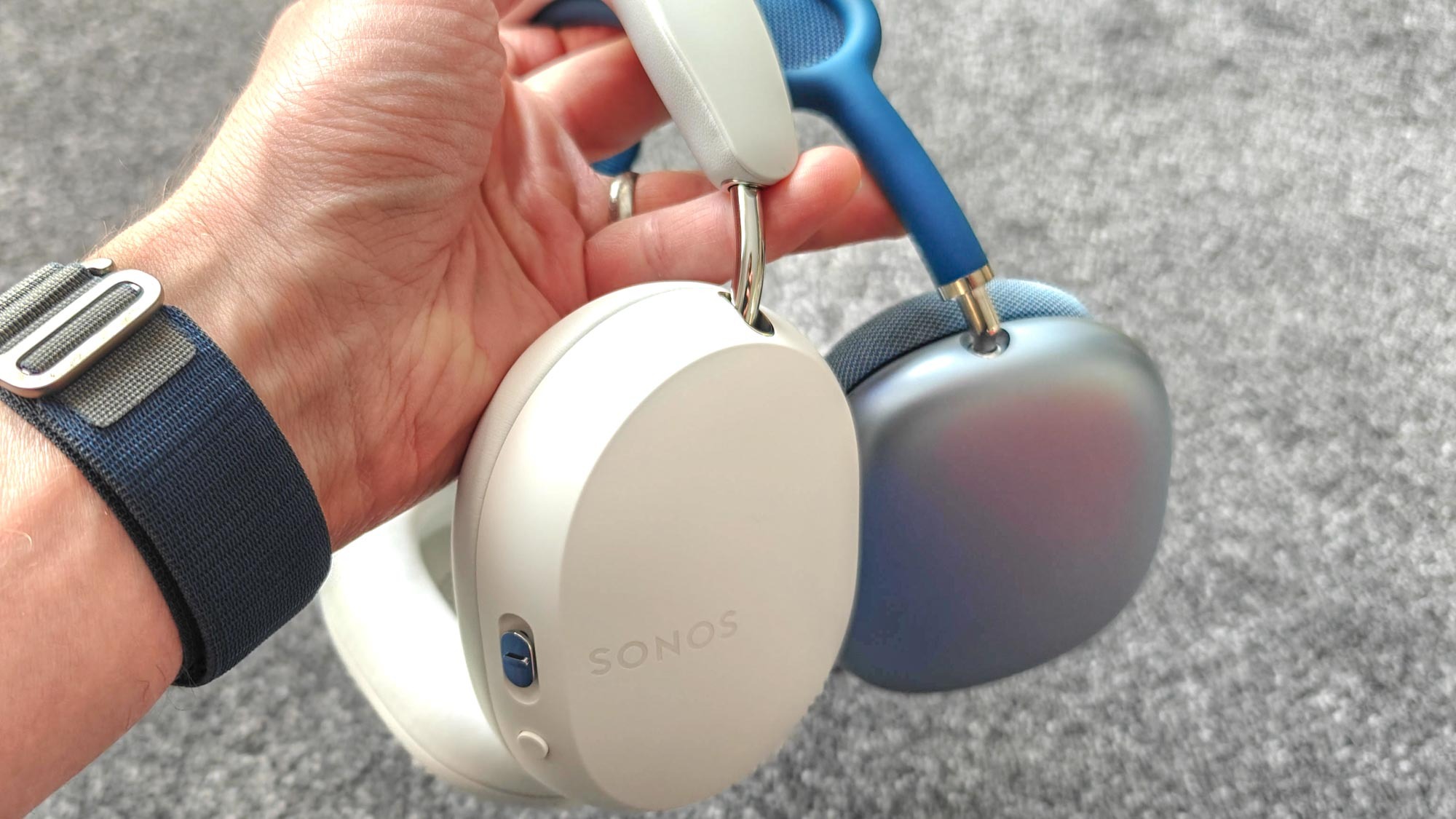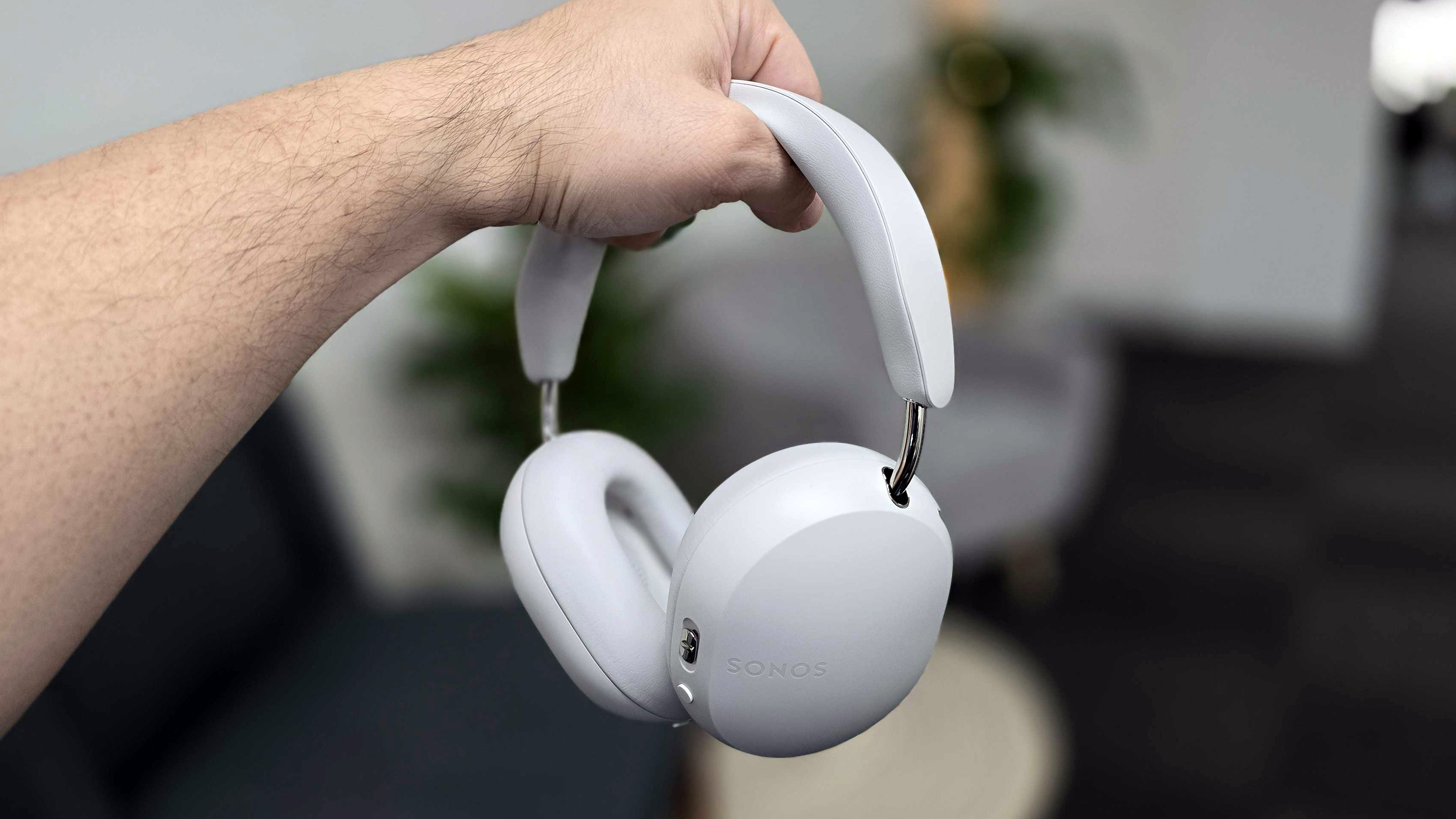I want to watch TV with my wireless headphones — why is it so hard?
My headphones support Dolby Atmos, just like my TV — so what gives?

It's a Friday at the time of writing, and my parents both have the day off, so they want a lie-in. I have to be up for work so naturally, I am up before them. I fancy some TV to go with my breakfast bagel, so I turn my TV on, slide my AirPods Max over my head, and get to watching Masters of the Air with my Apple TV.
Morning bliss achieved. Bagel, TV, and fighter planes whizzing past my head in Spatial Audio. But there was a moment, somewhere between Austin Butler shouting down his bomber and spilling raspberry jam on my fresh T-shirt when I asked a question. "This is great. But why can't it work like this all the time?"
I live a different life to my parents, doing things at different times. Where they like to go to bed early, I like to go to bed late and watch some pre-bedtime anime. Just like this morning, I don't want to wake them up. I also want the best sound quality possible, as if I had one of the best soundbars attached to my head. Or, maybe I want to watch the news, something that can't be fed through an Apple TV box. Playing games, too. Yes, I do have a headset, but it doesn't sound anywhere near as good as my best over-ear headphones.
So what can I do?
The restriction
There are some ways that I can get what I want, but they are both restricted by device. First of all is the AirPods Max that I used this morning to watch Masters of the Air. Those connect with breathtaking simplicity to my Apple TV 4K streaming box, so that everything I watch is played through them in Dolby Atmos Spatial Audio. It's one of the reasons they're the best headphones. There are loads of different streaming platforms that I can install on the box, such as Disney Plus, Apple TV, and Crunchyroll. Spatial Audio support amongst them over AirPods Max is spotty, however, which does throw a wrench in the works. It works then, but it's not perfect.

It also means I can't watch other TV inputs with the AirPods Max. I want to watch my Blu-ray DVDs with surround sound intact, but I can't with the AirPods. I could connect the headphones over the Bluetooth connection in my TV, but then I'll never get Spatial Audio. Bluetooth connections like that can also get complicated when I then go to check something on my phone, as the two vie for superiority. My TV audio is interrupted, and an Instagram video is now the focus.
Then there's the Sonos Ace, which are almost exactly what I'm looking for. They connect to a Sonos Arc soundbar, and then play whatever comes through your TV with the same Spatial Audio track that would normally play through the soundbar. They'll even map out your TV room so that it sounds as close as possible to your particular setup. Neat.
There's a problem here as well, unfortunately. You need both the Sonos Ace headphones and the Sonos Arc (or Sonos Beam or Ray) soundbar. The headphones cost $449, and the soundbar a whopping $899. All together that's over $1,000. In my eyes, a lot to pay so that I can watch my Blu-rays without waking my parents up at 1 am. Thankfully, the Beam and the Ray soundbars are slightly cheaper, but it's still a hefty price to pay for convenience.
The solution

When I play a Spatial Audio track through a phone, I can listen to it with compatible headphones. That's not something I can do with my TV, even if both devices support the audio standard.
I propose that the same Spatial Audio support that works for phones be brought to TVs. That way, I'd only need to connect my headphones to the TV and they'd act like a kind of wireless soundbar. I could then watch my TV, play Blu-rays, and even listen to music with Spatial Audio support. This would likely have to go through Bluetooth, so I'd still get interrupted by Instagram and X notifications, but it would make life a whole lot easier.
Even better would be to standardize the connection with headphones, TVs, and games consoles. Then you'd really only need one pair of headphones for everything. Cheaper, easier to connect, and less convoluted when switching between playing games and watching TV.
Look, I'm not entirely sure how it might work. But as it stands, if I want to listen to my TV audio with wireless headphones, I have to do battle with different Bluetooth connections or pay a lot of money for expensive propretary hardware. I don't think I'm the only one who feels this way either. So please, TV manufacturers, make it easier for me to not wake my parents up when I want to watch Dune at ungodly times in the morning.
More from Tom's Guide
Sign up to get the BEST of Tom's Guide direct to your inbox.
Get instant access to breaking news, the hottest reviews, great deals and helpful tips.

Tammy and her generous collection of headphones have found a new home — Tom's Guide! After a two-and-a-half-year stint as iMore's resident audiophile, Tammy's reviews and buying guide expertise have more focus than ever on Tom's Guide, helping buyers find the audio gear that works best for them. Tammy has worked with some of the most desirable audio brands on the planet in her time writing about headphones, speakers, and more, bringing a consumer focussed approach to critique and buying advice. Away from her desk, you'll probably find her in the countryside writing (extremely bad) poetry, or putting her screenwriting Masters to good use creating screenplays that'll never see the light of day.
